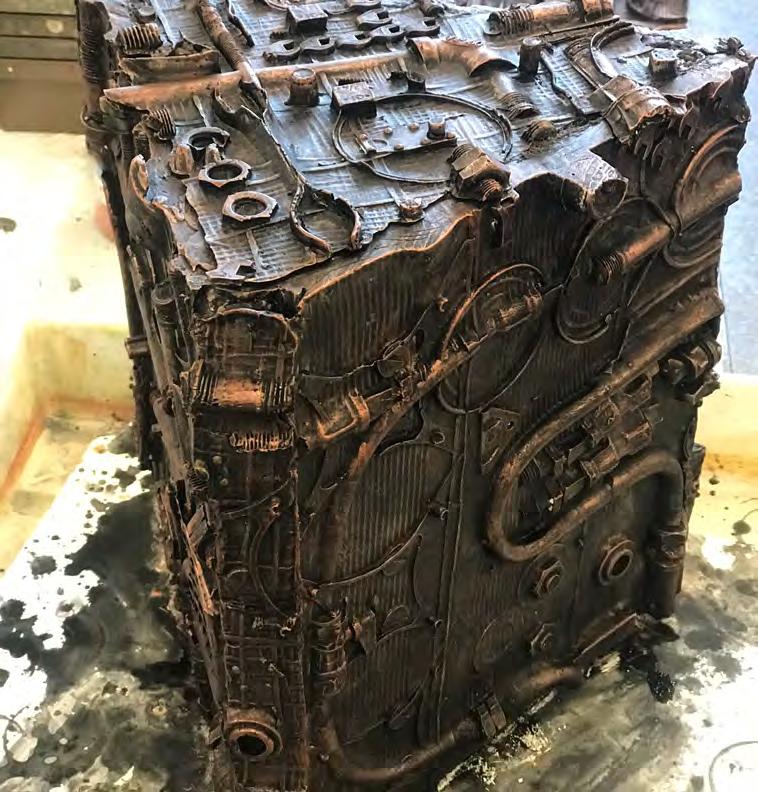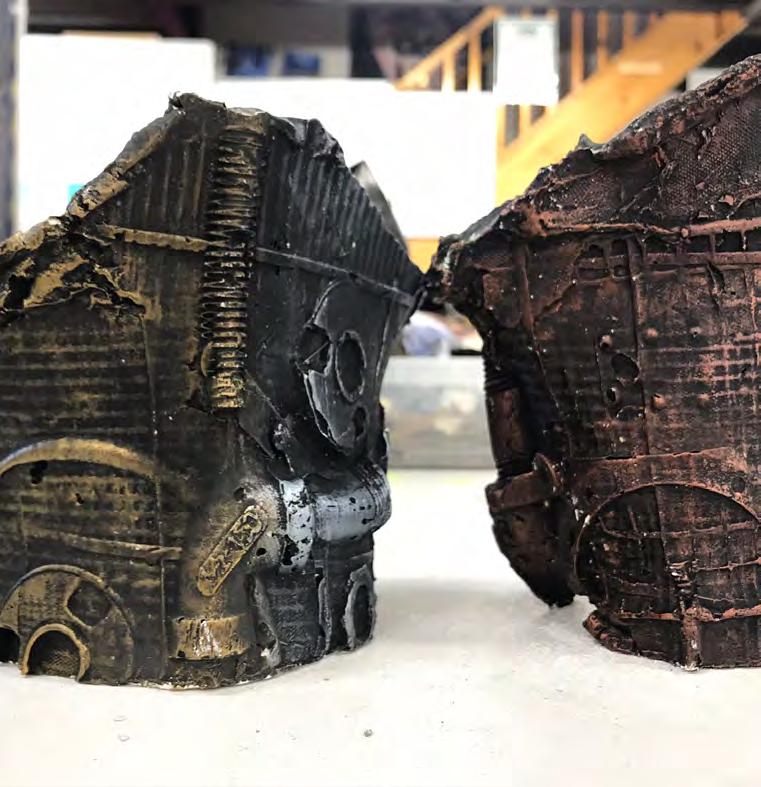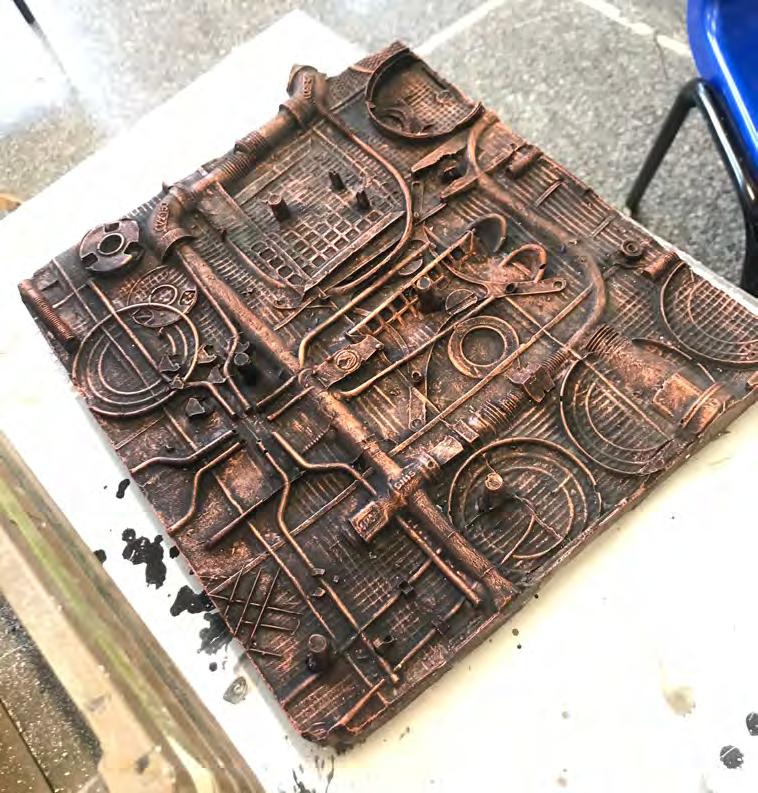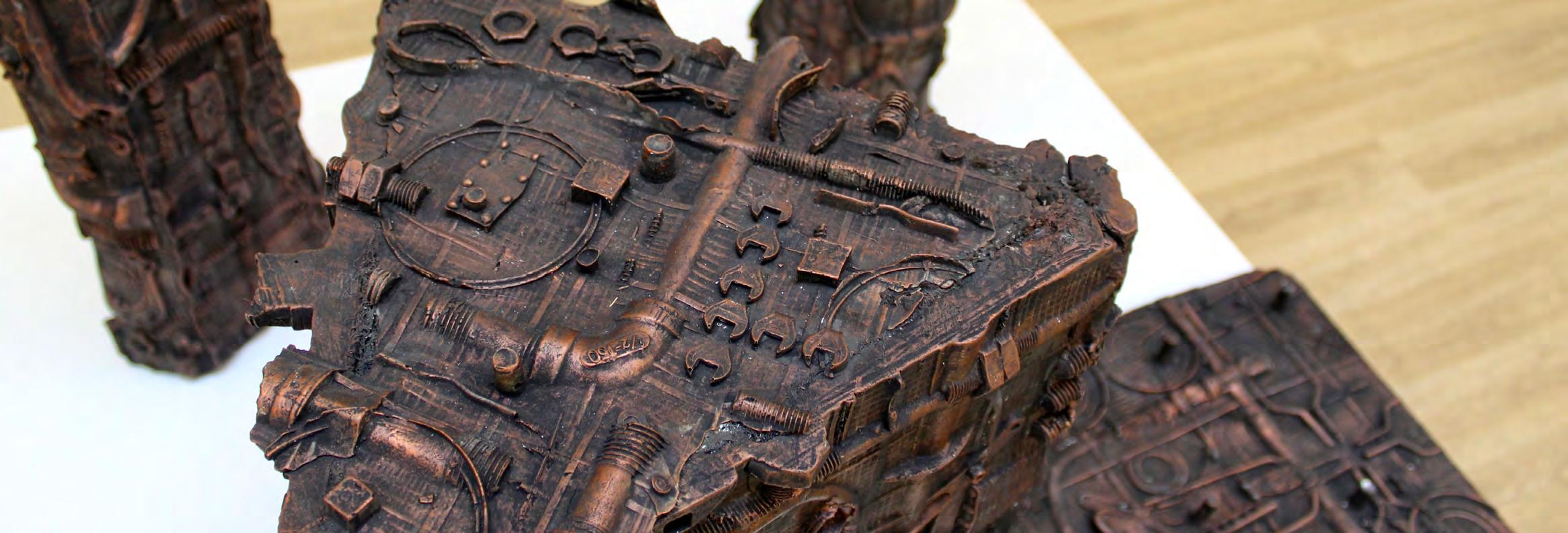
1 minute read
Industrial Heights: Reimagining Rogers & Paolozzi
from Design Portfolio
by samuelhearne
The idea of creating a small 3D item as a conversation starter for interviews eventually led me to pursue a degree in architecture at university. From that simply concept, expanded it into a metropolis of patinated plaster cast towers. Through this passion project, discovered my love for spatial design and was inspired to pursue architecture as a career.
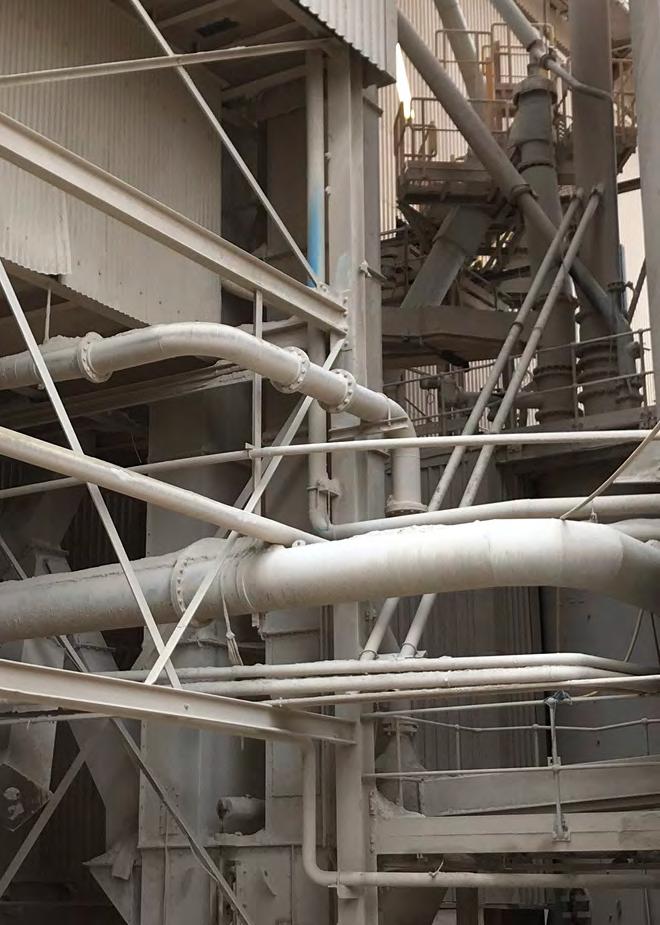
Advertisement
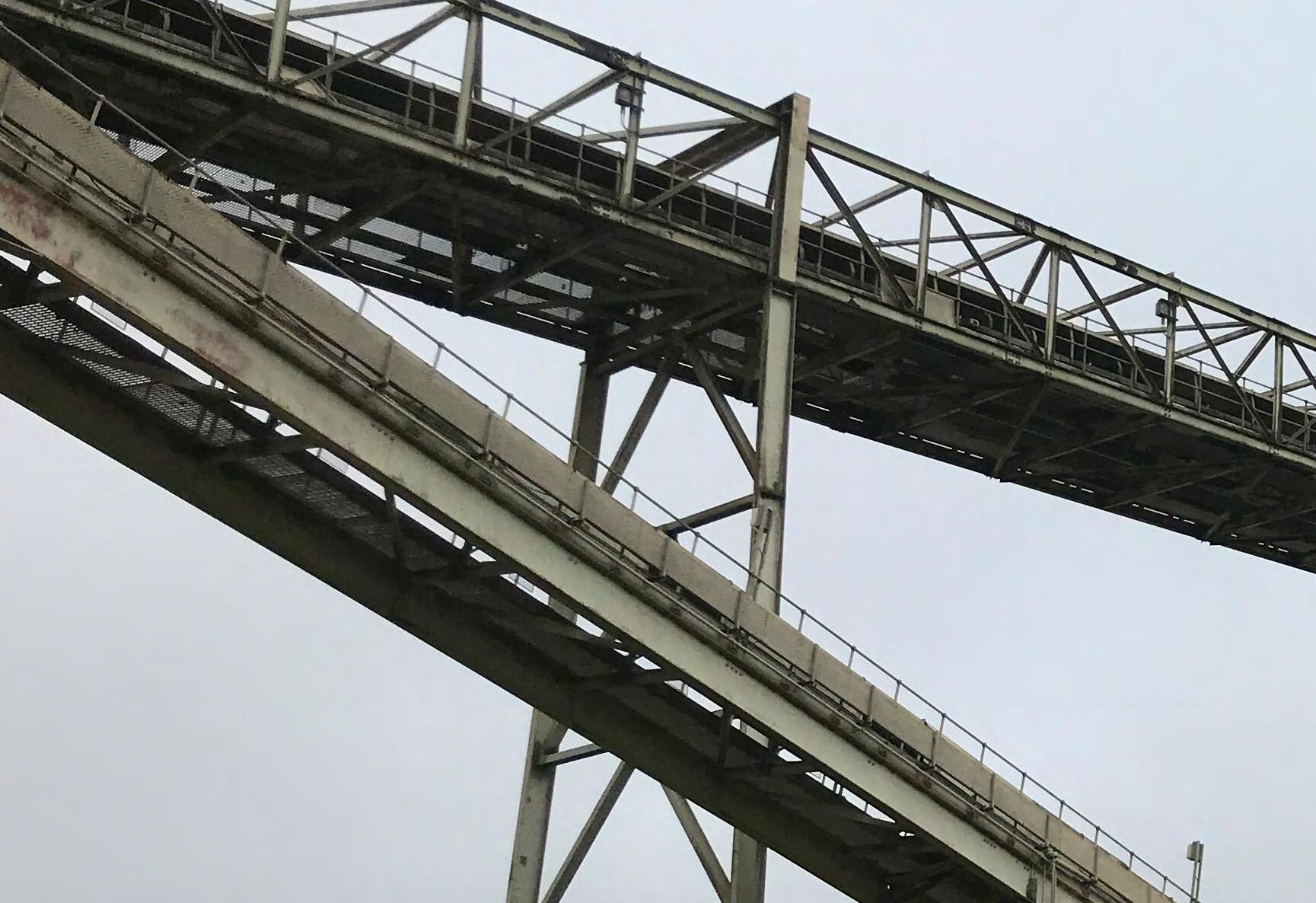
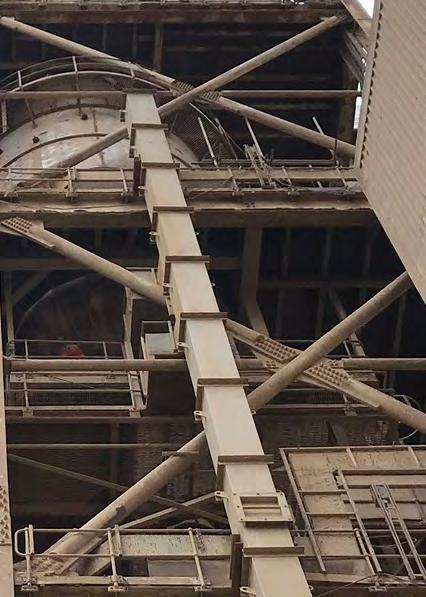
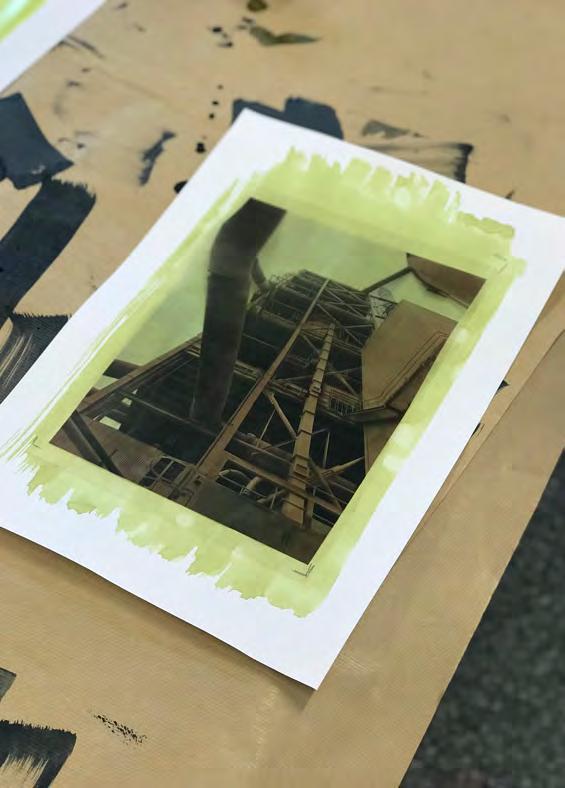
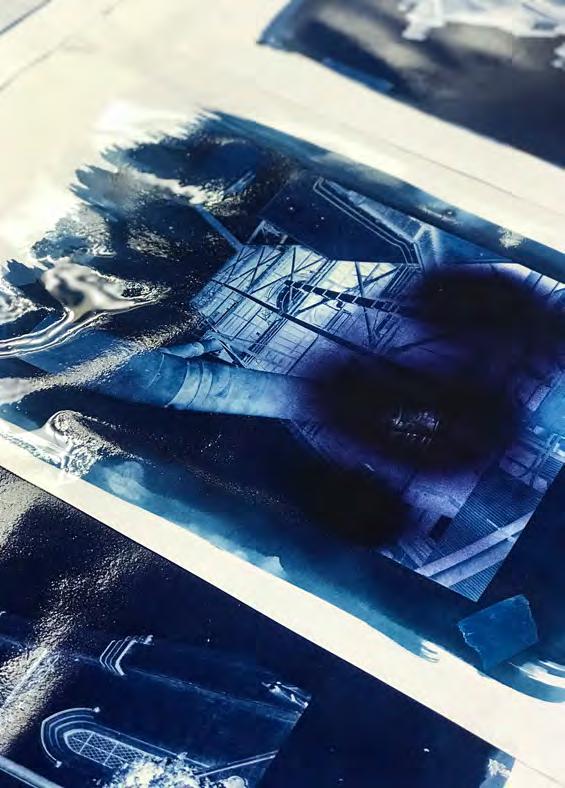
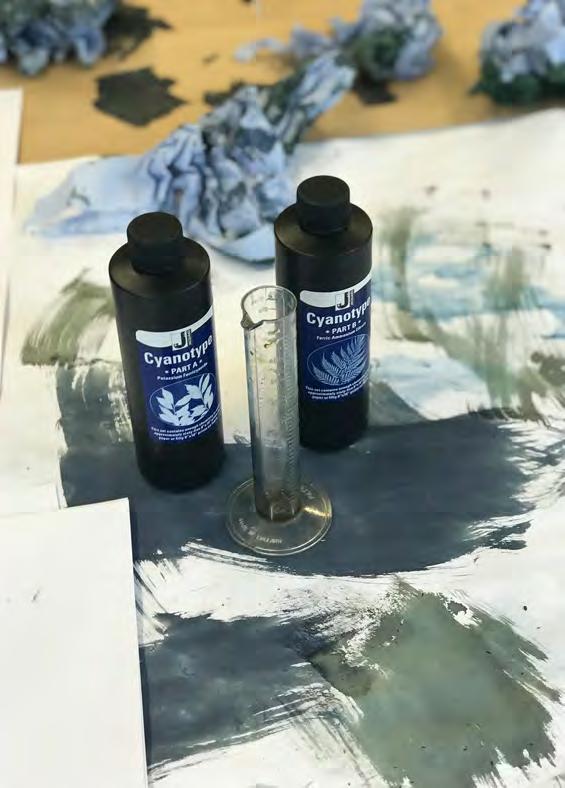
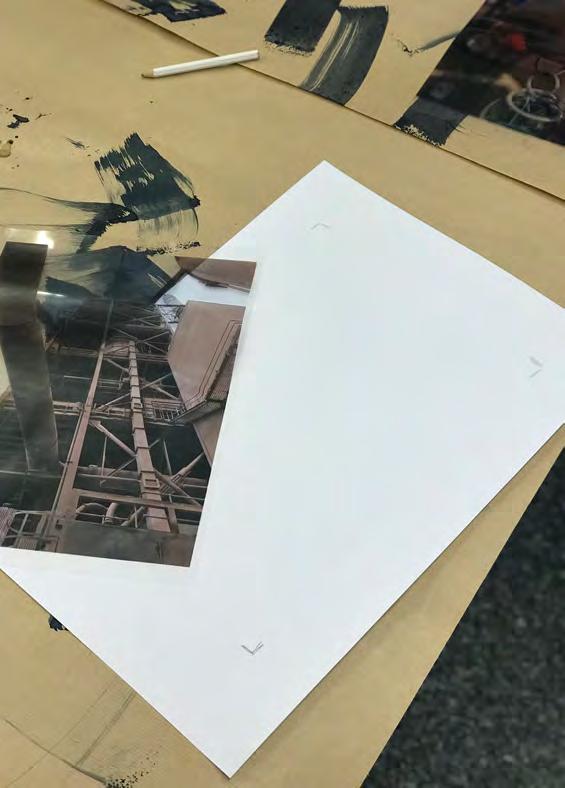
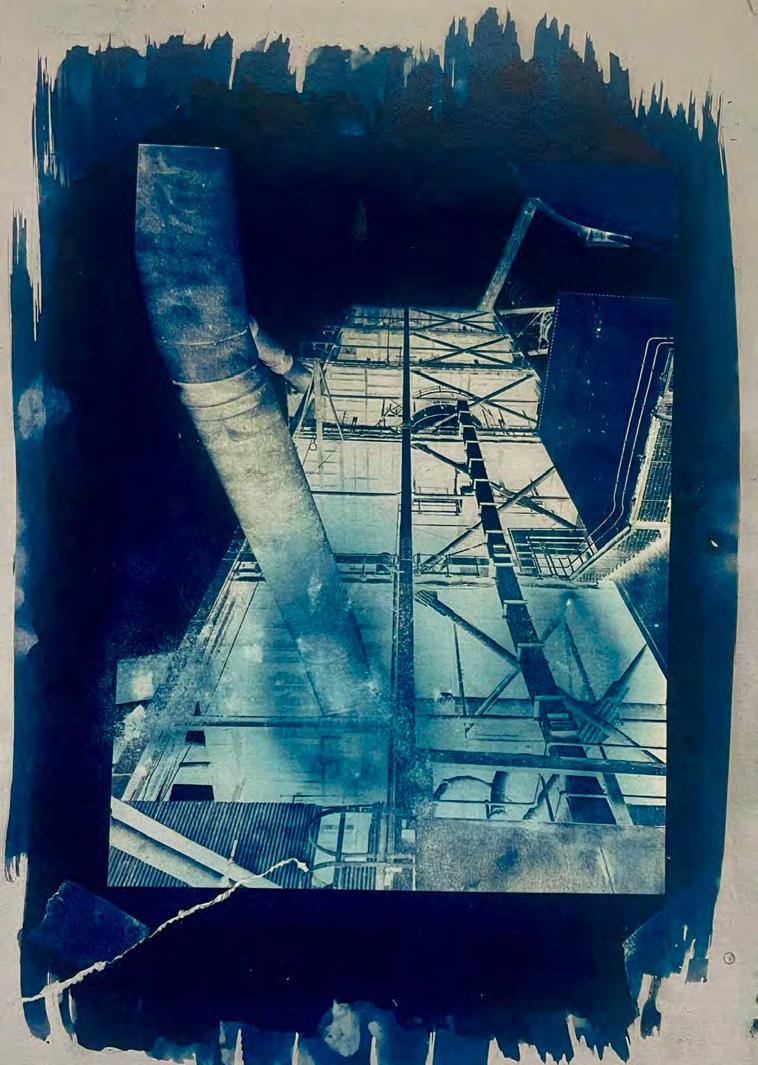
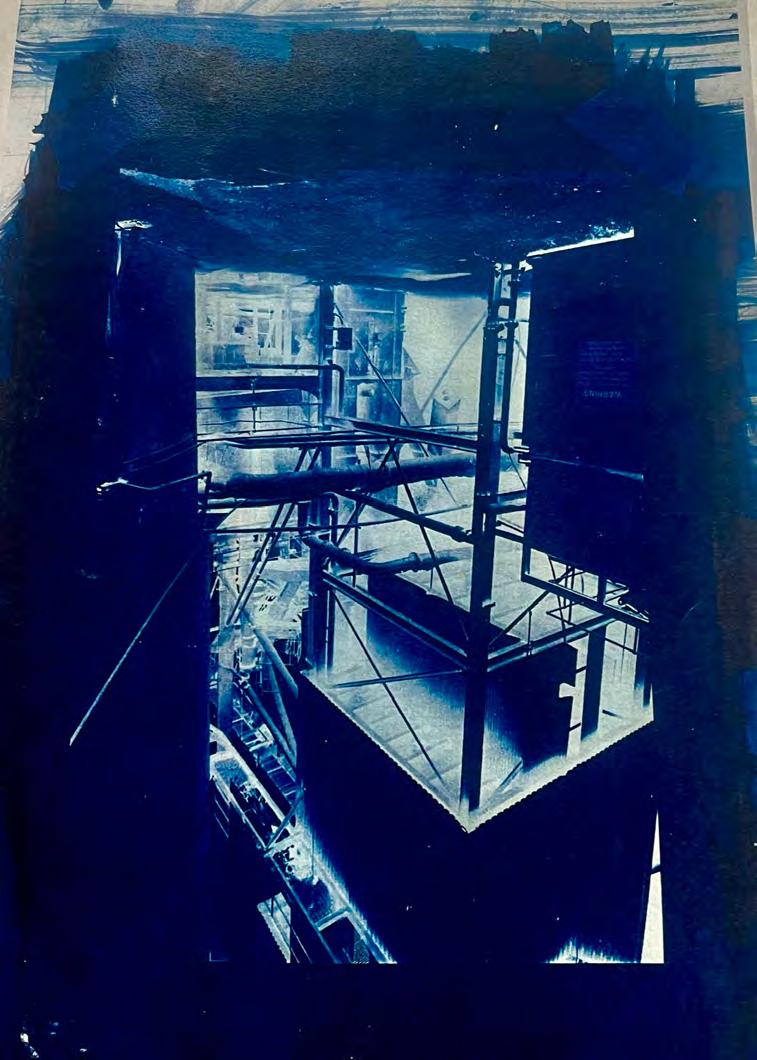
In my exploration of structural expressivism, I made a trip to london to appreciate the works of Sir Eduardo Paolozzi and Richard Rogers. Paolozzi’s Mechaniks Bench, 1963, impressed me with its aim to remove “arty” qualities and attain an impersonal, engineered feel. Similarly, Rogers’ Lloyd’s building, 1978, showed the Bowellism style, which caught my attention. As I examined these works, realised the how the interaction between form and function could produce structures that were both visually impressive and practical. This strengthened my interest in structural expressivism and emphaised the significance of considering aesthetics and form in the design process.
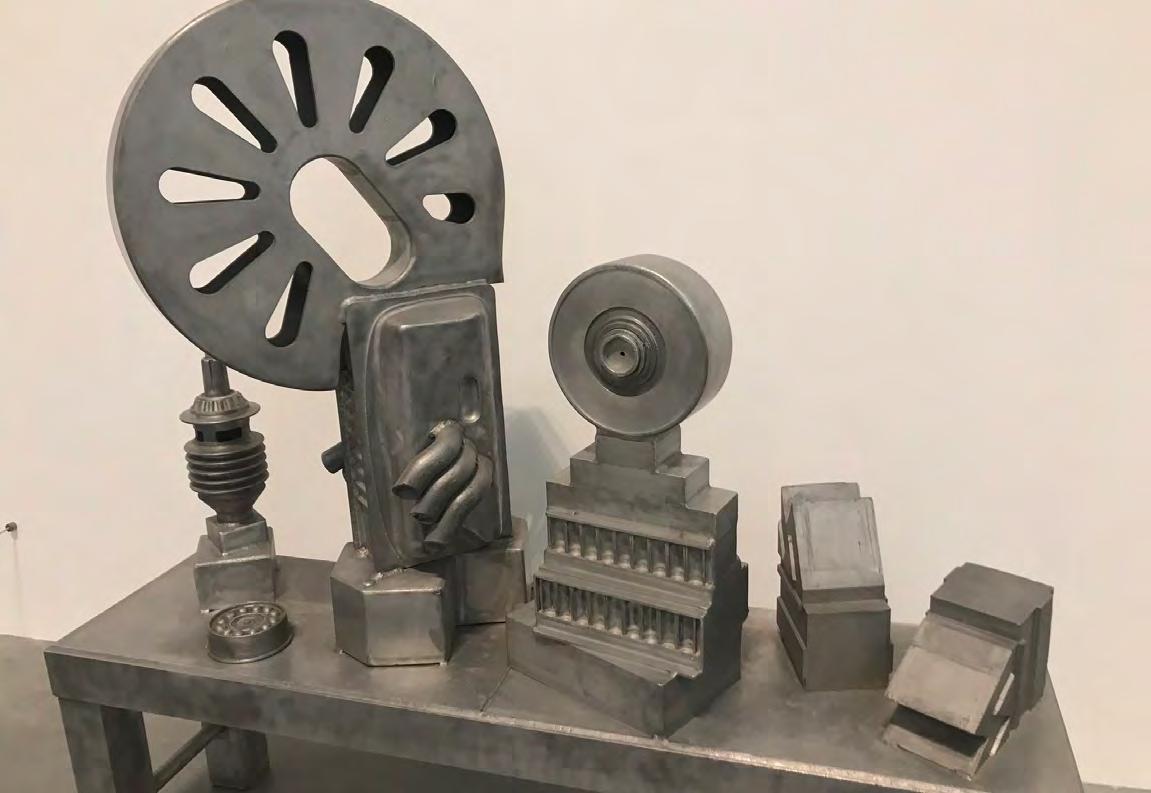
After my visit to london, I became intrigued by the concept of urban dystopias and the impact of architecture on society. decided to explore this idea through dark room photography, experimenting with the vanishing point to depict a fictional city of ‘coffin cubicles’. The image was intended to provoke thought and spark conversation about the potential consequences of rapid urbanisation and the need for sustainable urban design.
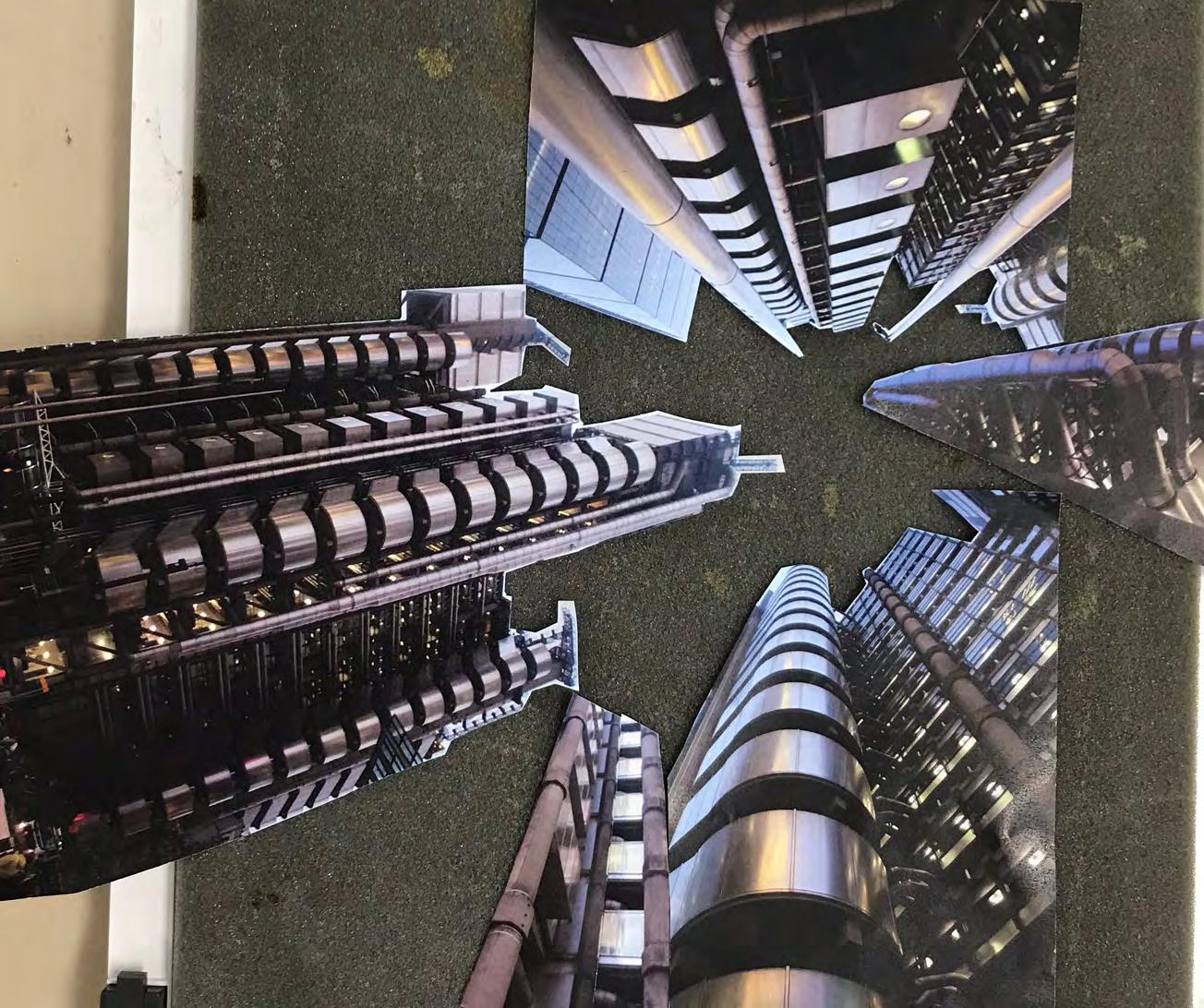
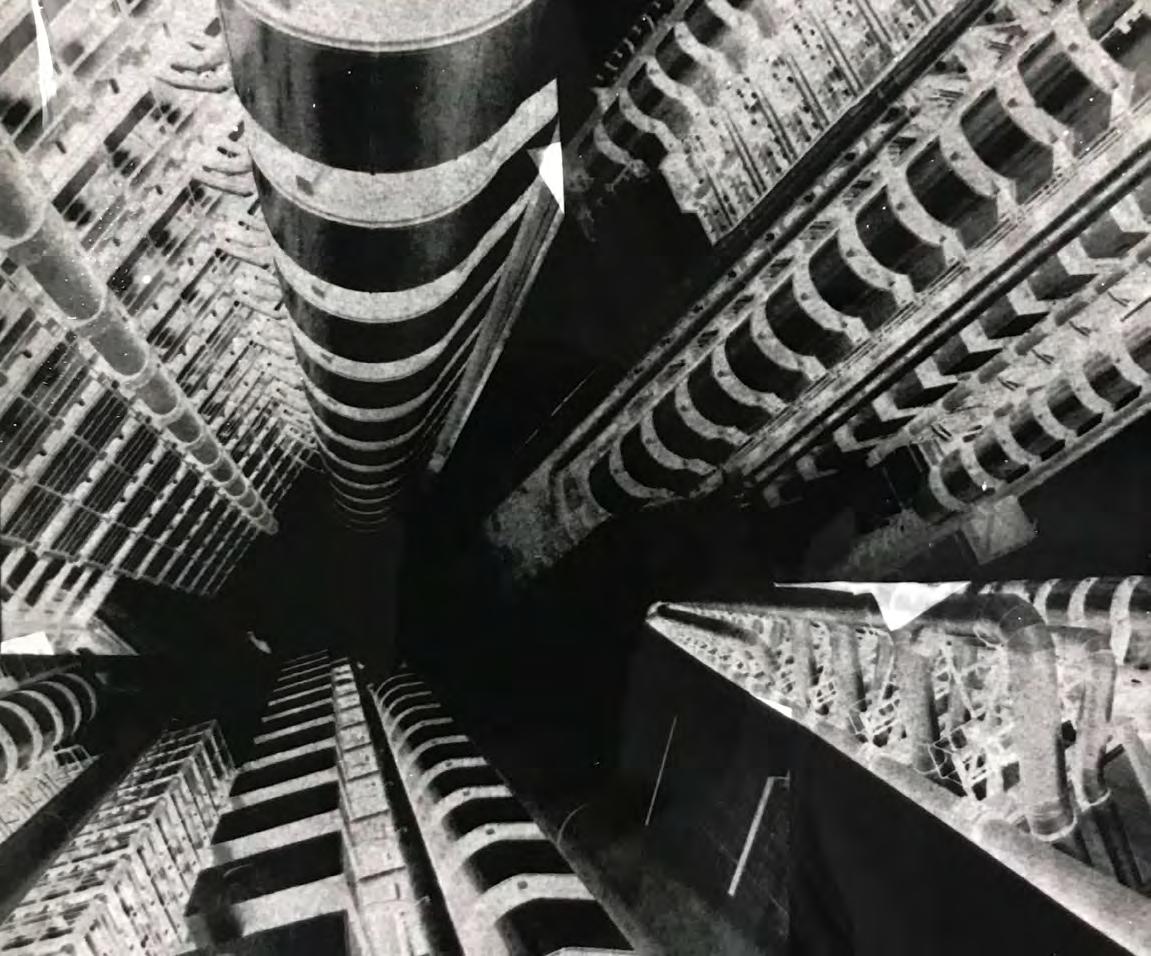
As I continued to delve into the world of structural expressionism, wanted to explore how could further incorporate the theme of dystopia into my work. Instead of creating the small 3D object for interviews, I decided to experiment with casting slab of plaster. used reliefs of machinery to create an engineered feel to my pieces. This allowed me to create larger and more impactful pieces that could convey a sense of industrialism and bleakness.
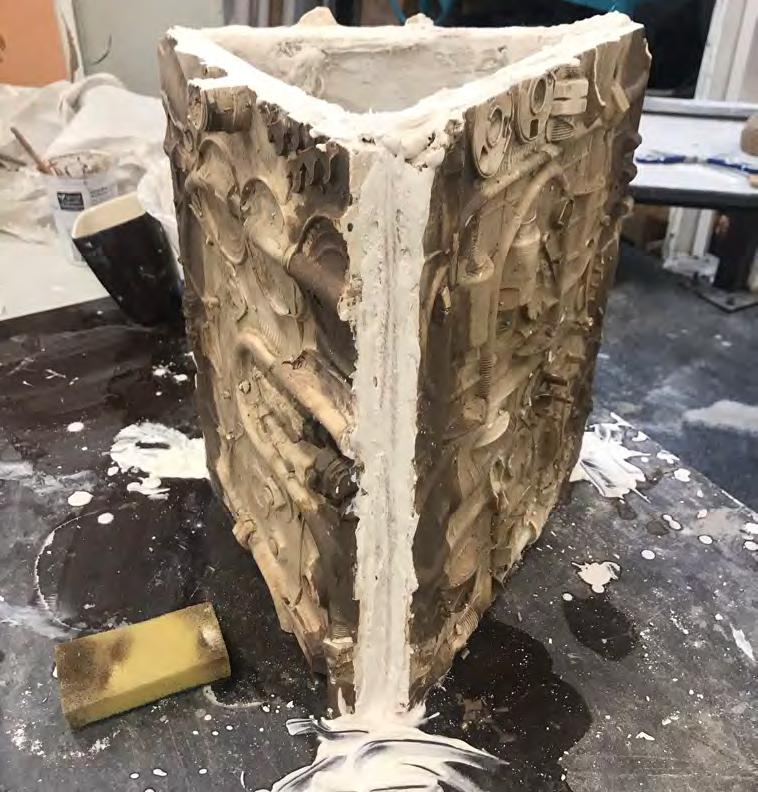
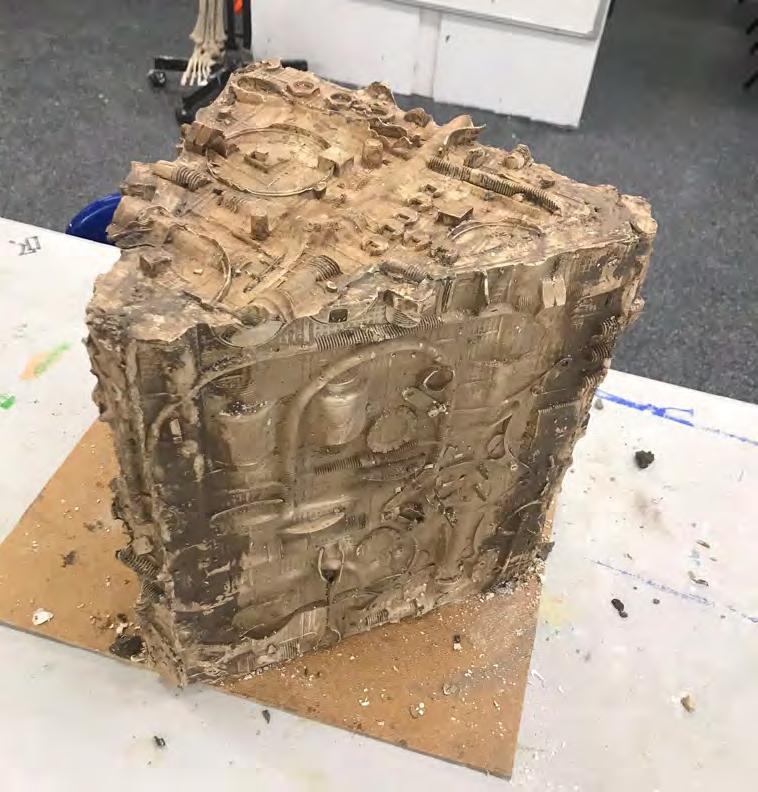
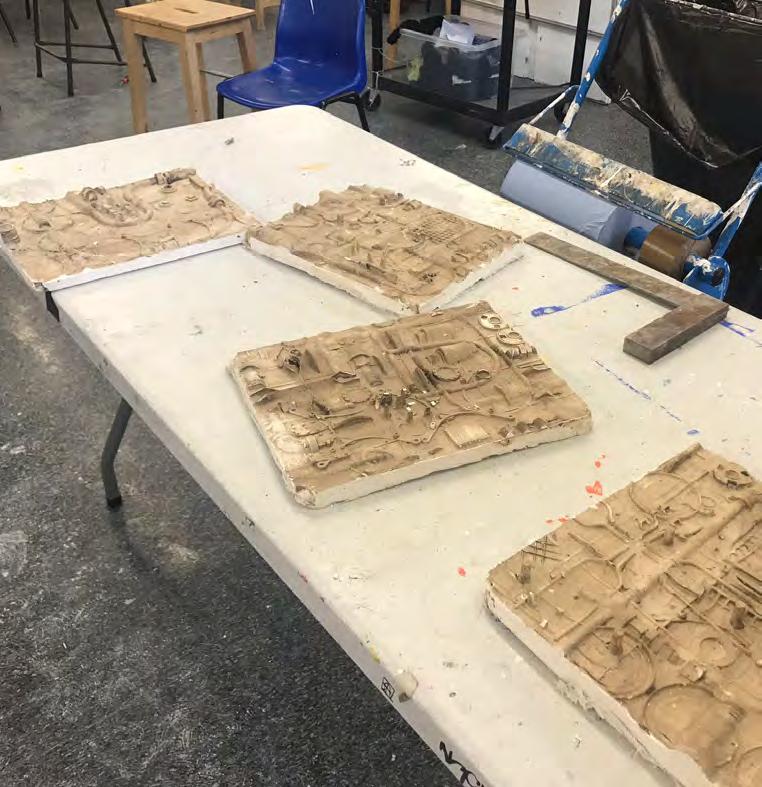
After fabricating the prism structure, I experimented with various dry brush finishes to express a sense of worn metal and bleakness. ultimately chose a bronze finish to emphasise details and the give artefact a rustic and industrial feel.
